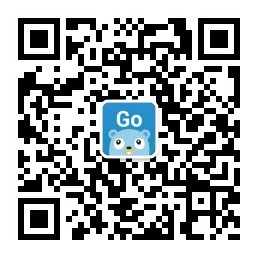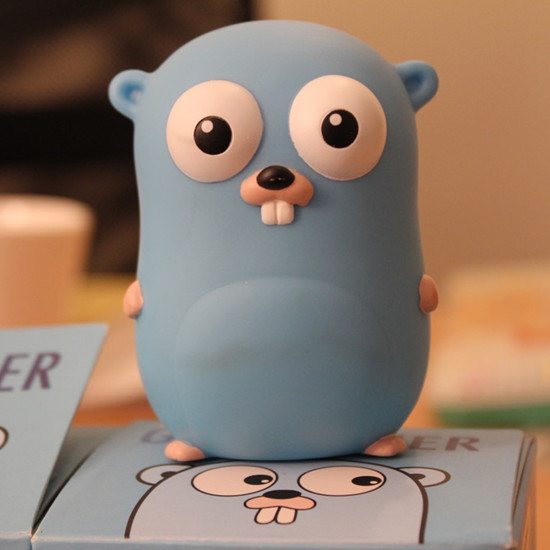Jenkins Golang 声明式管道:构建 Docker 映像并推送到 Docker Hub
来源:stackoverflow
2024-04-19 15:27:34
0浏览
收藏
Golang小白一枚,正在不断学习积累知识,现将学习到的知识记录一下,也是将我的所得分享给大家!而今天这篇文章《Jenkins Golang 声明式管道:构建 Docker 映像并推送到 Docker Hub》带大家来了解一下##content_title##,希望对大家的知识积累有所帮助,从而弥补自己的不足,助力实战开发!
问题内容
我正在尝试为我的 golang 项目创建一个 docker 镜像,并通过 jenkins declarative pipeline 将其上传到 docker hub。
我能够构建我的项目并运行所有测试。
我的jenkinsfile如下:
#!/usr/bin/env groovy
// the above line is used to trigger correct syntax highlighting.
pipeline {
agent { docker { image 'golang' } }
stages {
stage('build') {
steps {
// create our project directory.
sh 'cd ${gopath}/src'
sh 'mkdir -p ${gopath}/src/my_project_directory'
// copy all files in our jenkins workspace to our project directory.
sh 'cp -r ${workspace}/* ${gopath}/src/my_project_directory'
// copy all files in our "vendor" folder to our "src" folder.
sh 'cp -r ${workspace}/vendor/* ${gopath}/src'
// build the app.
sh 'go build'
}
}
// each "sh" line (shell command) is a step,
// so if anything fails, the pipeline stops.
stage('test') {
steps {
// remove cached test results.
sh 'go clean -cache'
// run unit tests.
sh 'go test ./... -v'
}
}
}
}
我的dockerfile(如果需要)如下:
# make a golang container from the "golang alpine" docker image from docker hub. from golang:1.11.2-alpine3.8 # expose our desired port. expose 9000 # create the proper directory. run mkdir -p $gopath/src/my_project_directory # copy app to the proper directory for building. add . $gopath/src/my_project_directory # set the work directory. workdir $gopath/src/my_project_directory # run cmd commands. run go get -d -v ./... run go install -v ./... # provide defaults when running the container. # these will be executed after the entrypoint. # for example, if you ran docker run <image>, # then the commands and parameters specified by cmd would be executed. cmd ["my_project"]
我可以通过以下方式获取我的 docker hub 凭据:
environment {
// extract the username and password of our credentials into "docker_credentials_usr" and "docker_credentials_psw".
// (note 1: docker_credentials will be set to "your_username:your_password".)
// the new variables will always be your_variable_name + _usr and _psw.
docker_credentials = credentials('my_jenkins_credential_id')
}
作为参考,以下是我在 freestyle 工作中所做的工作:
Execute Shell:
# Log in to Docker.
sudo docker login -u $DOCKER_USERNAME -p $DOCKER_PASSWORD
# Make a Docker image for our app.
cd /var/lib/jenkins/tools/org.jenkinsci.plugins.golang.GolangInstallation/Go/src/MY_PROJECT_DIRECTORY/
sudo docker build -t MY-PROJECT-img .
# Tag our Docker image.
sudo docker tag MY-PROJECT-img $DOCKER_USERNAME/MY-PROJECT-img
# Push our Docker image to Docker Hub.
sudo docker push $DOCKER_USERNAME/MY-PROJECT-img
# Log out of Docker.
docker logout
注意:我通过执行以下操作授予了 jenkins sudo 权限:
打开 sudoers 文件进行编辑:
sudo visudo -f /etc/sudoers
按“i”进入 insert 模式。
粘贴以下内容:
詹金斯 all=(all) nopasswd: all
按“esc”退出插入模式。
要保存,请输入:
:w
要退出,请输入:
:q
我相信通过在我的声明式管道中添加新的 stage 和 agent 应该可以实现这一点,但我在网上没有找到任何内容。
解决方案
我明白了。
我更新的jenkinsfile如下:
#!/usr/bin/env groovy
// The above line is used to trigger correct syntax highlighting.
pipeline {
// Lets Jenkins use Docker for us later.
agent any
// If anything fails, the whole Pipeline stops.
stages {
stage('Build & Test') {
// Use golang.
agent { docker { image 'golang' } }
steps {
// Create our project directory.
sh 'cd ${GOPATH}/src'
sh 'mkdir -p ${GOPATH}/src/MY_PROJECT_DIRECTORY'
// Copy all files in our Jenkins workspace to our project directory.
sh 'cp -r ${WORKSPACE}/* ${GOPATH}/src/MY_PROJECT_DIRECTORY'
// Copy all files in our "vendor" folder to our "src" folder.
sh 'cp -r ${WORKSPACE}/vendor/* ${GOPATH}/src'
// Build the app.
sh 'go build'
}
}
stage('Test') {
// Use golang.
agent { docker { image 'golang' } }
steps {
// Create our project directory.
sh 'cd ${GOPATH}/src'
sh 'mkdir -p ${GOPATH}/src/MY_PROJECT_DIRECTORY'
// Copy all files in our Jenkins workspace to our project directory.
sh 'cp -r ${WORKSPACE}/* ${GOPATH}/src/MY_PROJECT_DIRECTORY'
// Copy all files in our "vendor" folder to our "src" folder.
sh 'cp -r ${WORKSPACE}/vendor/* ${GOPATH}/src'
// Remove cached test results.
sh 'go clean -cache'
// Run Unit Tests.
sh 'go test ./... -v -short'
}
}
stage('Docker') {
environment {
// Extract the username and password of our credentials into "DOCKER_CREDENTIALS_USR" and "DOCKER_CREDENTIALS_PSW".
// (NOTE 1: DOCKER_CREDENTIALS will be set to "your_username:your_password".)
// The new variables will always be YOUR_VARIABLE_NAME + _USR and _PSW.
// (NOTE 2: You can't print credentials in the pipeline for security reasons.)
DOCKER_CREDENTIALS = credentials('my-docker-credentials-id')
}
steps {
// Use a scripted pipeline.
script {
node {
def app
stage('Clone repository') {
checkout scm
}
stage('Build image') {
app = docker.build("${env.DOCKER_CREDENTIALS_USR}/my-project-img")
}
stage('Push image') {
// Use the Credential ID of the Docker Hub Credentials we added to Jenkins.
docker.withRegistry('https://registry.hub.docker.com', 'my-docker-credentials-id') {
// Push image and tag it with our build number for versioning purposes.
app.push("${env.BUILD_NUMBER}")
// Push the same image and tag it as the latest version (appears at the top of our version list).
app.push("latest")
}
}
}
}
}
}
}
post {
always {
// Clean up our workspace.
deleteDir()
}
}
}终于介绍完啦!小伙伴们,这篇关于《Jenkins Golang 声明式管道:构建 Docker 映像并推送到 Docker Hub》的介绍应该让你收获多多了吧!欢迎大家收藏或分享给更多需要学习的朋友吧~golang学习网公众号也会发布Golang相关知识,快来关注吧!
版本声明
本文转载于:stackoverflow 如有侵犯,请联系study_golang@163.com删除
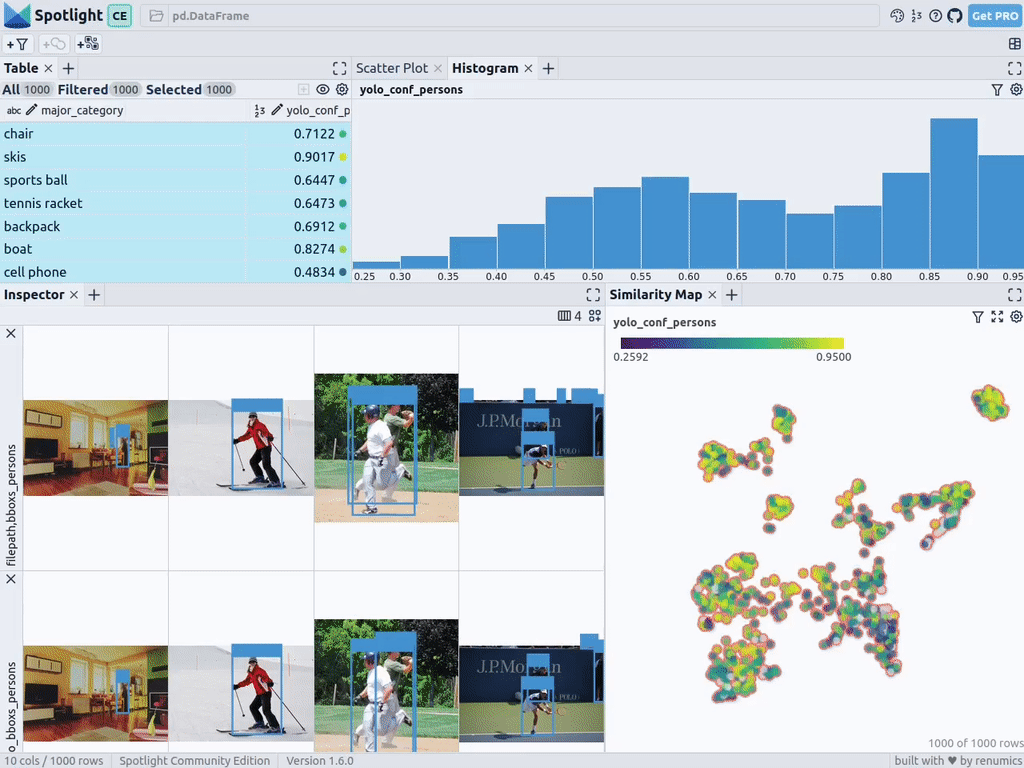 如何探索和可视化用于图像中物体检测的 ML 数据
如何探索和可视化用于图像中物体检测的 ML 数据
- 上一篇
- 如何探索和可视化用于图像中物体检测的 ML 数据
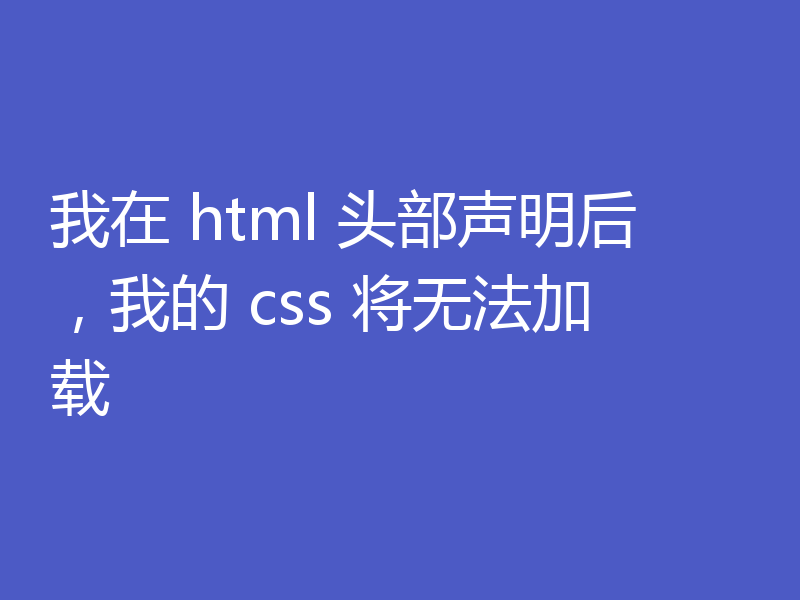
- 下一篇
- 我在 html 头部声明后,我的 css 将无法加载
查看更多
最新文章
-

- Golang · Go问答 | 1年前 |
- 在读取缓冲通道中的内容之前退出
- 139浏览 收藏
-
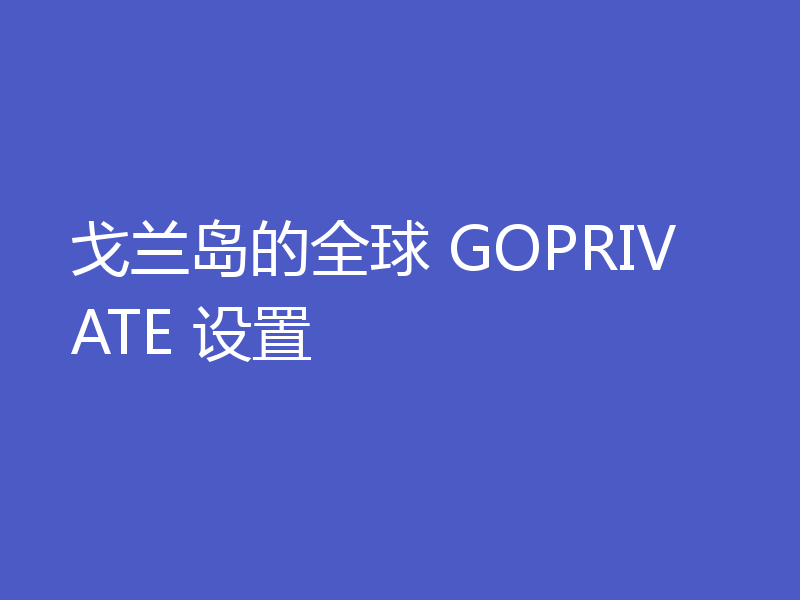
- Golang · Go问答 | 1年前 |
- 戈兰岛的全球 GOPRIVATE 设置
- 204浏览 收藏
-
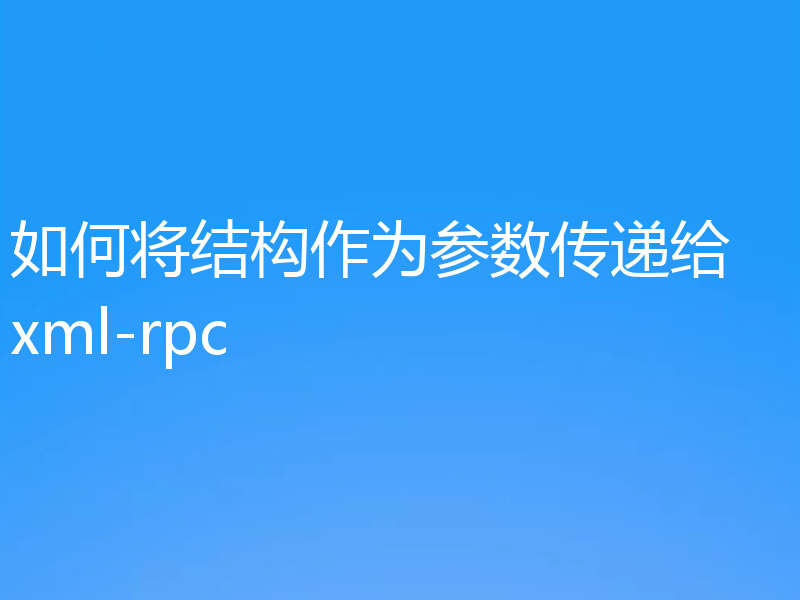
- Golang · Go问答 | 1年前 |
- 如何将结构作为参数传递给 xml-rpc
- 325浏览 收藏
-
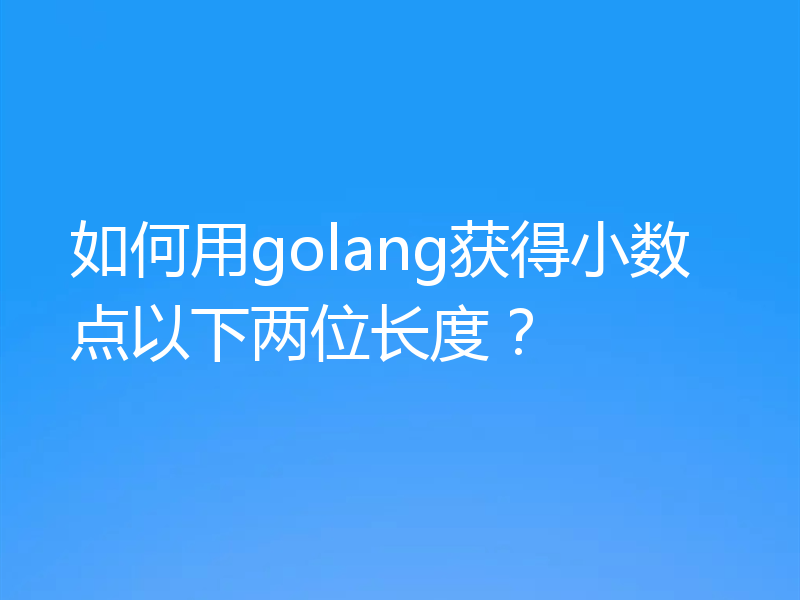
- Golang · Go问答 | 1年前 |
- 如何用golang获得小数点以下两位长度?
- 478浏览 收藏
-
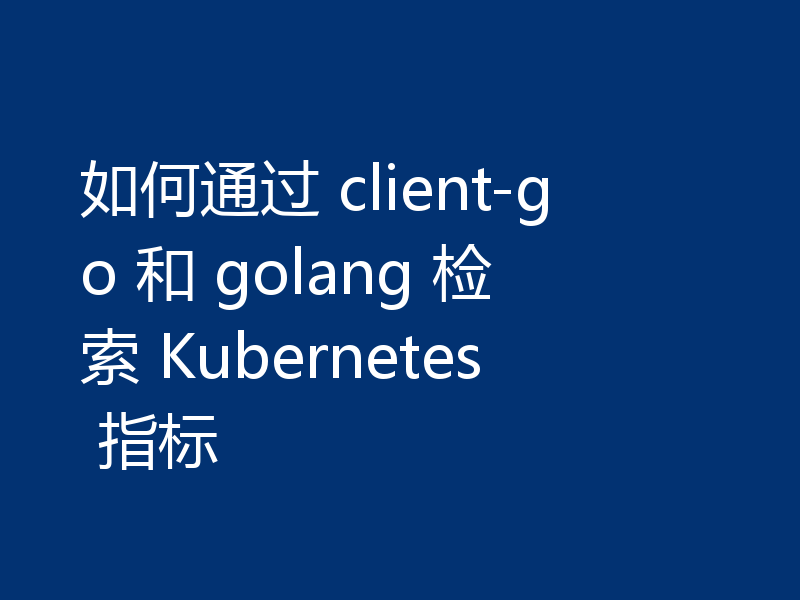
- Golang · Go问答 | 1年前 |
- 如何通过 client-go 和 golang 检索 Kubernetes 指标
- 486浏览 收藏
-
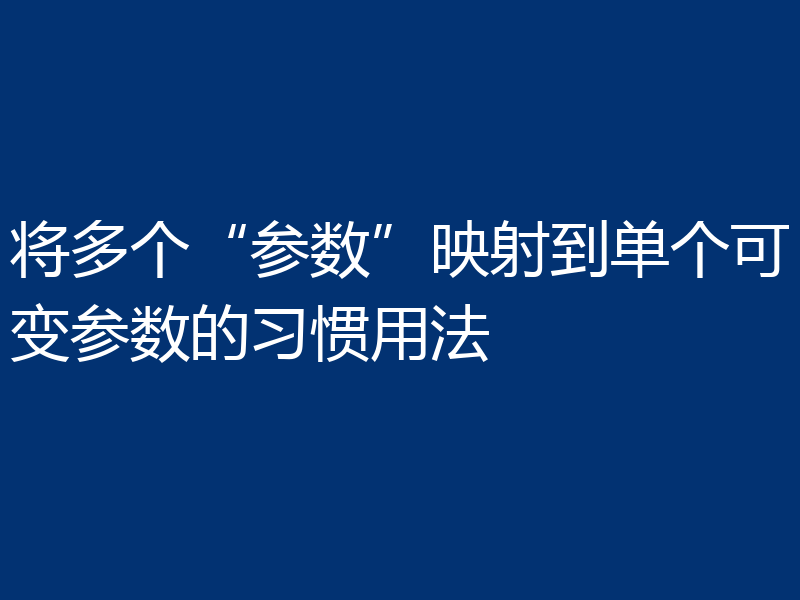
- Golang · Go问答 | 1年前 |
- 将多个“参数”映射到单个可变参数的习惯用法
- 439浏览 收藏
-
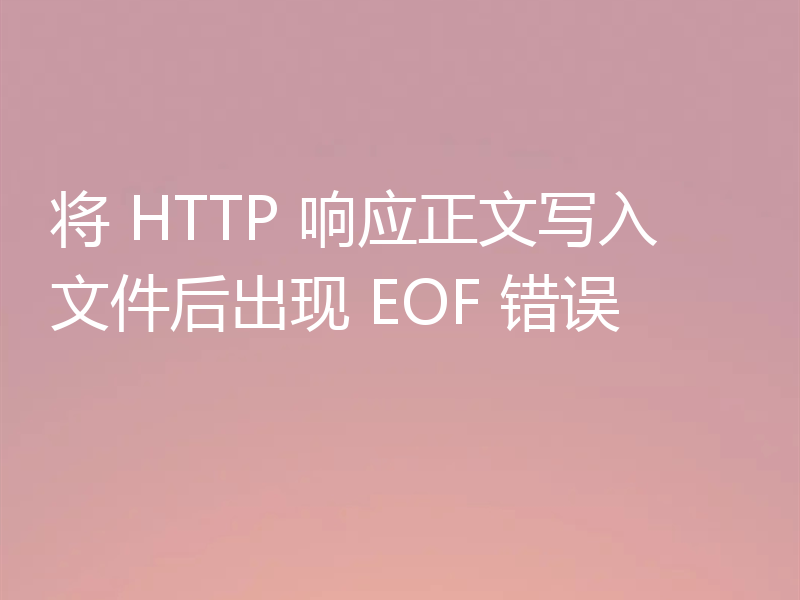
- Golang · Go问答 | 1年前 |
- 将 HTTP 响应正文写入文件后出现 EOF 错误
- 357浏览 收藏
-
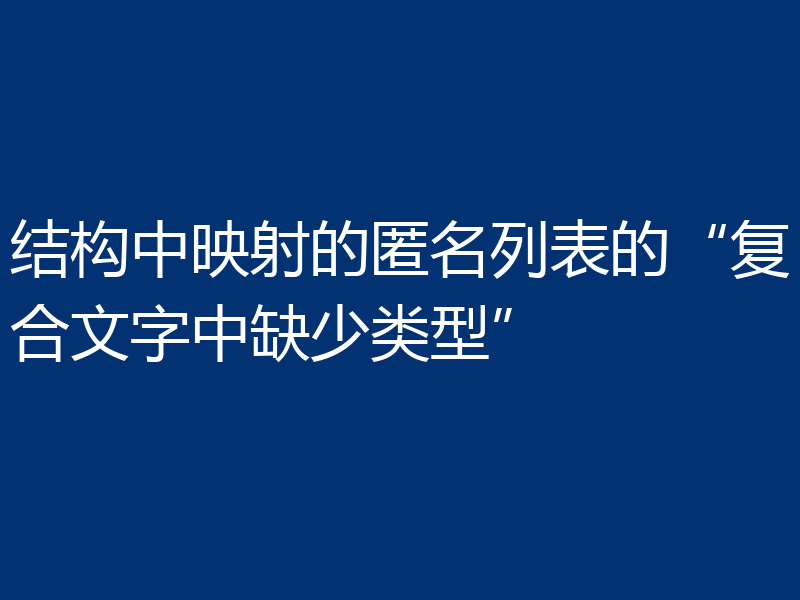
- Golang · Go问答 | 1年前 |
- 结构中映射的匿名列表的“复合文字中缺少类型”
- 352浏览 收藏
-
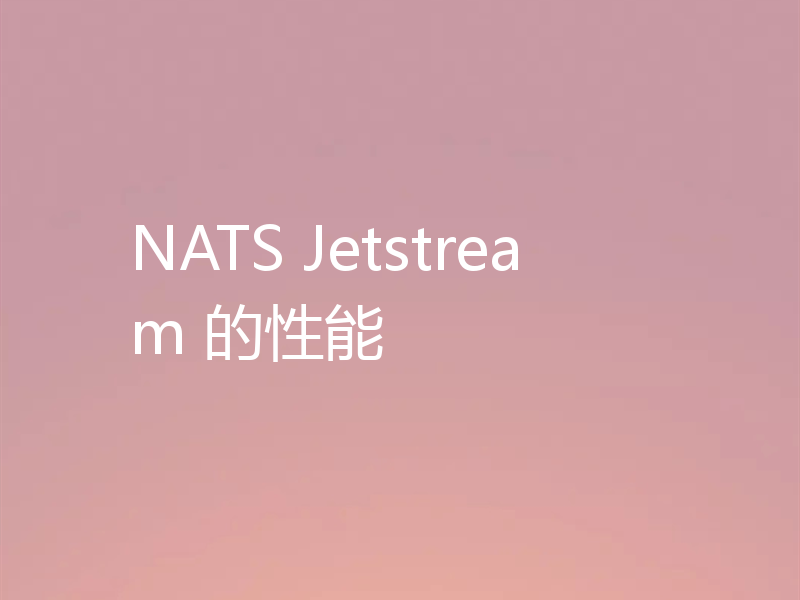
- Golang · Go问答 | 1年前 |
- NATS Jetstream 的性能
- 101浏览 收藏
-
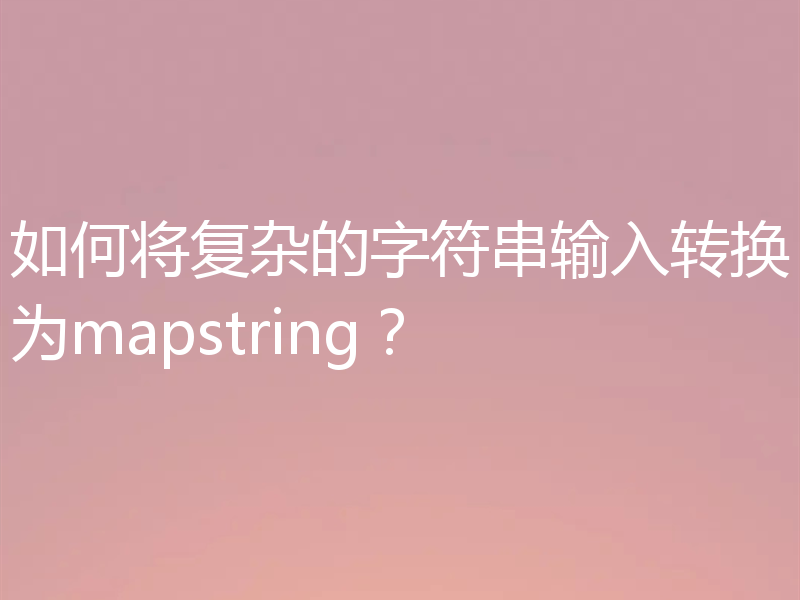
- Golang · Go问答 | 1年前 |
- 如何将复杂的字符串输入转换为mapstring?
- 440浏览 收藏
-
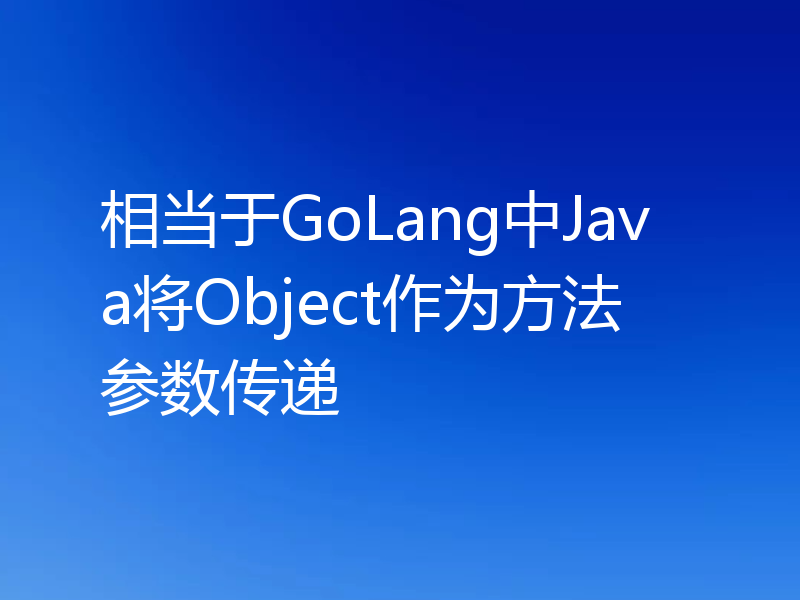
- Golang · Go问答 | 1年前 |
- 相当于GoLang中Java将Object作为方法参数传递
- 212浏览 收藏
-

- Golang · Go问答 | 1年前 |
- 如何确保所有 goroutine 在没有 time.Sleep 的情况下终止?
- 143浏览 收藏
查看更多
课程推荐
-

- 前端进阶之JavaScript设计模式
- 设计模式是开发人员在软件开发过程中面临一般问题时的解决方案,代表了最佳的实践。本课程的主打内容包括JS常见设计模式以及具体应用场景,打造一站式知识长龙服务,适合有JS基础的同学学习。
- 543次学习
-

- GO语言核心编程课程
- 本课程采用真实案例,全面具体可落地,从理论到实践,一步一步将GO核心编程技术、编程思想、底层实现融会贯通,使学习者贴近时代脉搏,做IT互联网时代的弄潮儿。
- 516次学习
-

- 简单聊聊mysql8与网络通信
- 如有问题加微信:Le-studyg;在课程中,我们将首先介绍MySQL8的新特性,包括性能优化、安全增强、新数据类型等,帮助学生快速熟悉MySQL8的最新功能。接着,我们将深入解析MySQL的网络通信机制,包括协议、连接管理、数据传输等,让
- 500次学习
-

- JavaScript正则表达式基础与实战
- 在任何一门编程语言中,正则表达式,都是一项重要的知识,它提供了高效的字符串匹配与捕获机制,可以极大的简化程序设计。
- 487次学习
-

- 从零制作响应式网站—Grid布局
- 本系列教程将展示从零制作一个假想的网络科技公司官网,分为导航,轮播,关于我们,成功案例,服务流程,团队介绍,数据部分,公司动态,底部信息等内容区块。网站整体采用CSSGrid布局,支持响应式,有流畅过渡和展现动画。
- 485次学习
查看更多
AI推荐
-
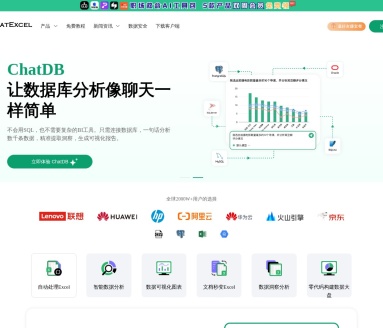
- ChatExcel酷表
- ChatExcel酷表是由北京大学团队打造的Excel聊天机器人,用自然语言操控表格,简化数据处理,告别繁琐操作,提升工作效率!适用于学生、上班族及政府人员。
- 3302次使用
-
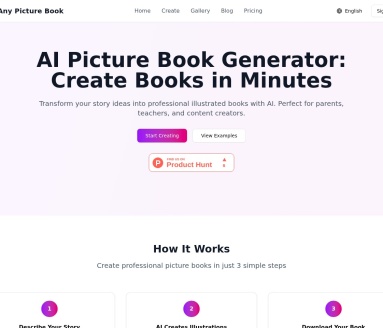
- Any绘本
- 探索Any绘本(anypicturebook.com/zh),一款开源免费的AI绘本创作工具,基于Google Gemini与Flux AI模型,让您轻松创作个性化绘本。适用于家庭、教育、创作等多种场景,零门槛,高自由度,技术透明,本地可控。
- 3511次使用
-
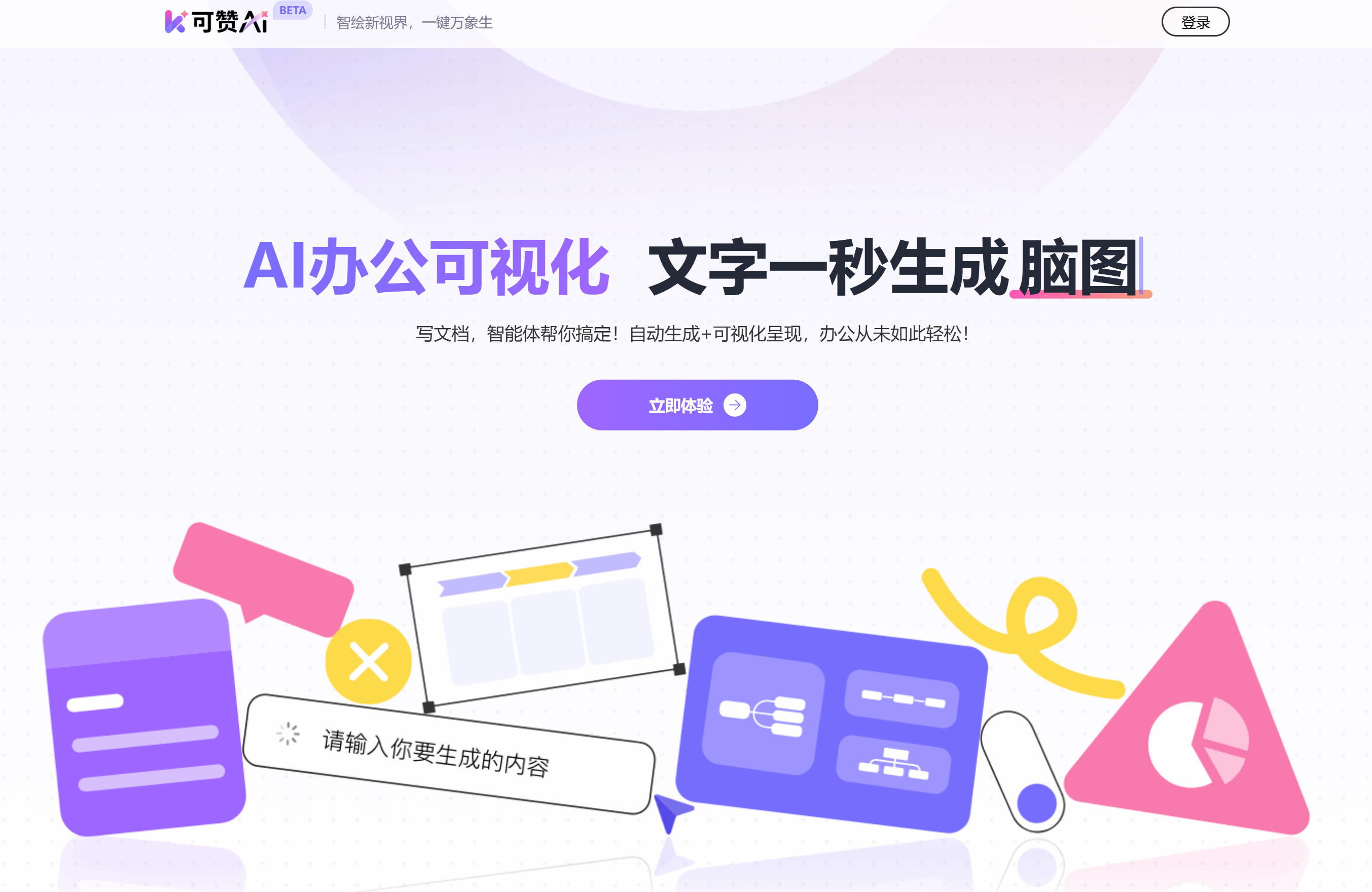
- 可赞AI
- 可赞AI,AI驱动的办公可视化智能工具,助您轻松实现文本与可视化元素高效转化。无论是智能文档生成、多格式文本解析,还是一键生成专业图表、脑图、知识卡片,可赞AI都能让信息处理更清晰高效。覆盖数据汇报、会议纪要、内容营销等全场景,大幅提升办公效率,降低专业门槛,是您提升工作效率的得力助手。
- 3542次使用
-
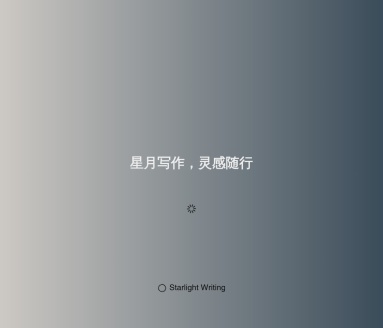
- 星月写作
- 星月写作是国内首款聚焦中文网络小说创作的AI辅助工具,解决网文作者从构思到变现的全流程痛点。AI扫榜、专属模板、全链路适配,助力新人快速上手,资深作者效率倍增。
- 4655次使用
-
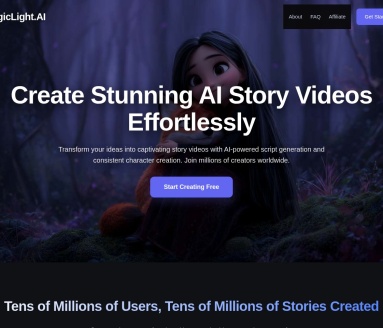
- MagicLight
- MagicLight.ai是全球首款叙事驱动型AI动画视频创作平台,专注于解决从故事想法到完整动画的全流程痛点。它通过自研AI模型,保障角色、风格、场景高度一致性,让零动画经验者也能高效产出专业级叙事内容。广泛适用于独立创作者、动画工作室、教育机构及企业营销,助您轻松实现创意落地与商业化。
- 3920次使用
查看更多
相关文章
-
- GoLand调式动态执行代码
- 2023-01-13 502浏览
-
- 用Nginx反向代理部署go写的网站。
- 2023-01-17 502浏览
-
- Golang取得代码运行时间的问题
- 2023-02-24 501浏览
-
- 请问 go 代码如何实现在代码改动后不需要Ctrl+c,然后重新 go run *.go 文件?
- 2023-01-08 501浏览
-
- 如何从同一个 io.Reader 读取多次
- 2023-04-11 501浏览

